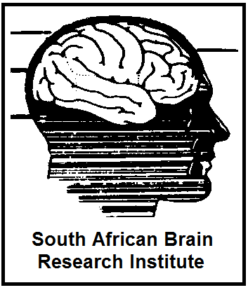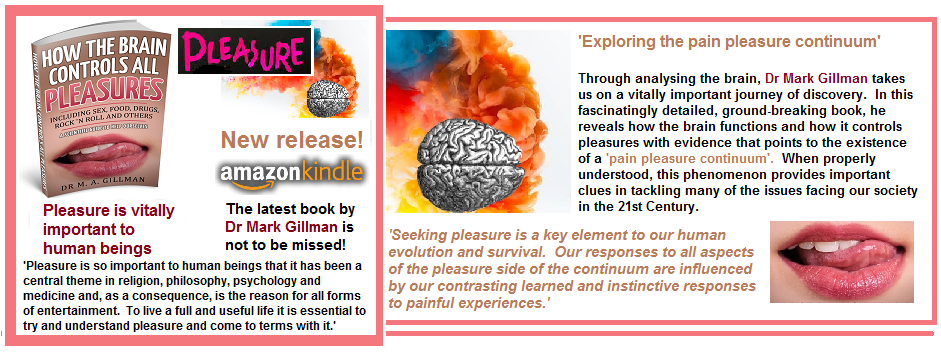Click here to get your copy of the latest book by Dr Mark Gillman!
https://www.amazon.com/dp/B07B21J7JW
Gambling addiction – ‘the hope that by putting something at risk we will get something of greater benefit’
Gambling is simply the hope that by putting something at risk we will get something of greater benefit. Gambling has been a characteristic of human behaviour for thousands of years and stretches across cultural boundaries. Archives reveal that it has a very long history. There are even old records suggesting the existence of pathological gambling, which today would include gambling addiction.
‘Every gambler knows that the secret to survivin’
Is knowin’ what to throw away and knowin’ what to keep
‘Cause every hand’s a winner and every hand’s a loser
And the best that you can hope for is to die in your sleep.’
As we have already noted, the DSM-V has recognised gambling disorder, which we will refer to as gambling addiction, under the rubric of ‘Substance-Related and Addictive Disorders.’ For convenience and because the DSM-V now recognises gambling addiction as an addictive illness, we shall start the chapter by discussing it. In the DSM-V Gambling Disorder is defined as a:
‘A. Persistent and recurrent problematic gambling behaviour (sic) leading to clinically significant impairment or distress, as indicated by the individual exhibiting four (or more) of the following in a 12-month period:
- Needs to gamble with increasing amounts of money in order to achieve the desired excitement.
- Is restless or irritable when attempting to cut down or stop gambling.
- Has made repeated unsuccessful efforts to control, cut back, or stop gambling.
- Is often preoccupied with gambling (e.g., having persistent thoughts of reliving past gambling experiences, handicapping or planning the next venture, thinking of ways to get money with which to gamble).
- Often gambles when feeling distressed (e.g., helpless, guilty, anxious, depressed).
- After losing money gambling, often returns another day to get even (“chasing” one’s losses).
- Lies to conceal the extent of involvement with gambling.
- Has jeopardized or lost a significant relationship, job, or educational or career opportunity because of gambling.
- Relies on others to provide money to relieve desperate financial situations caused by gambling.
- The gambling behaviour (sic) is not better explained by a manic episode.’
There are various other sub-criteria that categorise this disorder, for instance, whether it is mild, moderate or severe. Other sub-criteria listed under ‘B’ need not concern us here. I have deliberately quoted directly from the DSM-V, because it will be apparent from the items listed under ‘A’ that most, but not all of these criteria are common to other forms of addiction and more particularly drug addiction. Consequently, and for such reasons, many label gambling as a non-substance-related addiction.
Similarities between gambling and drug addiction
There are other similarities between gambling and drug addictions. For instance, drug-taking begins because most people who experiment find the initial acute effects of the drug pleasant.
The acquisition of money is also accompanied by pleasure because it is essential for survival in a modern society. In fact, the same areas of the brain are active during money acquisition as during sexual pleasure. Another common feature is craving, which in both diseases has a time relationship to the last episode of indulgence. The degree or strength of craving has a bearing on the way the disorder manifests itself and how it is treated. A further similarity is that common regions of the brain are affected in gambling and various forms of drug addiction such as cocaine addiction.
These areas include the usual pleasure and reward regions of the brain, which, as my reader will already know, mainly involve the ventral striatum (nucleus accumbens the olfactory tubercle and the prefrontal cortex. Interestingly, gambling and drug addiction often occur together, and are associated in the same person with other personality disturbances such as anti-social behaviour.
Young ‘high rollers’
Like substance abuse, there is also a high incidence of ‘high rollers’ in gambling and drug addiction among young people. Research frequently indicates that in tandem with other concurrent psychiatric disorders, the earlier the age at which a person starts gambling the more severe the problem, a situation which is mirrored by drug addiction.
While both drug addiction (including alcoholism) and gambling addiction begin later in most women, as compared to men, the addiction somehow escalates much quicker. In other words, despite the later onset the faster it develops into a problem. Clearly, drug and gambling addiction have many parallels.

